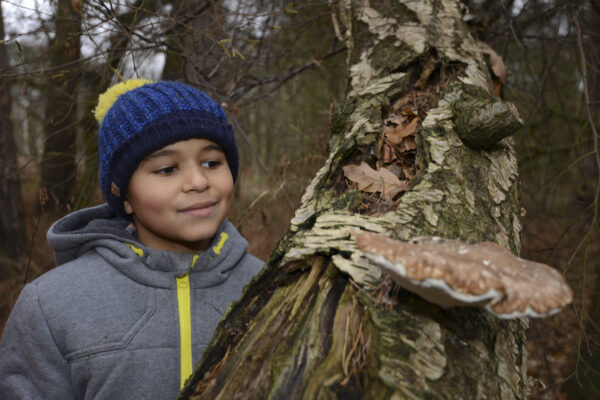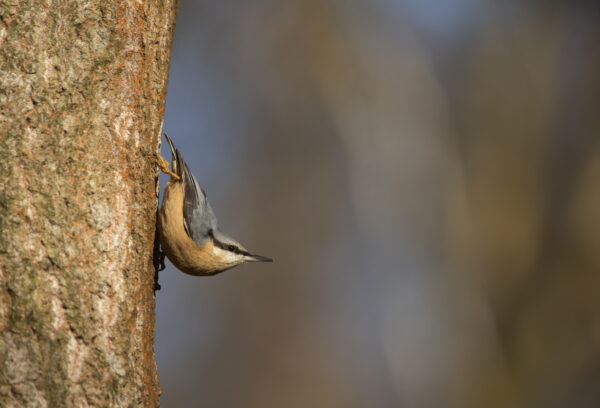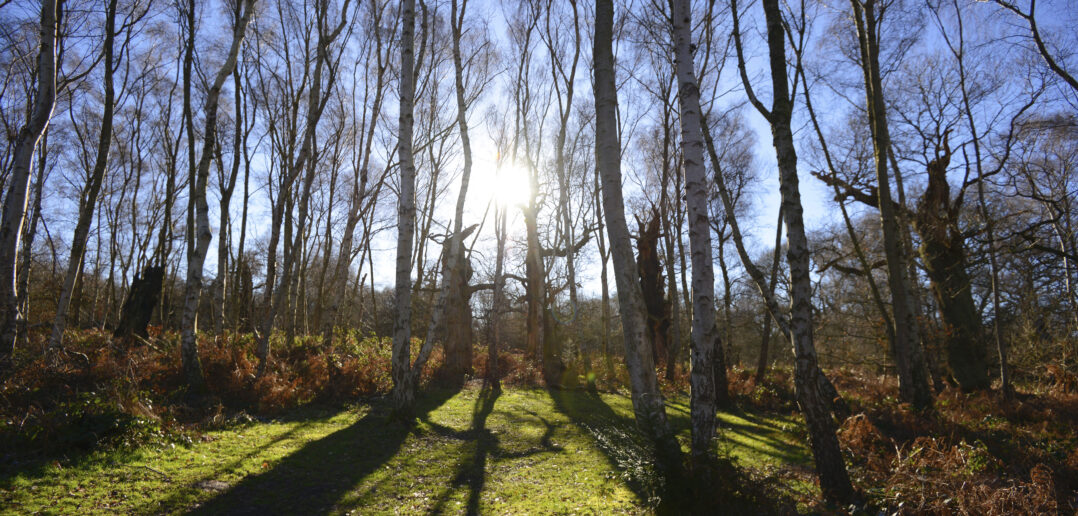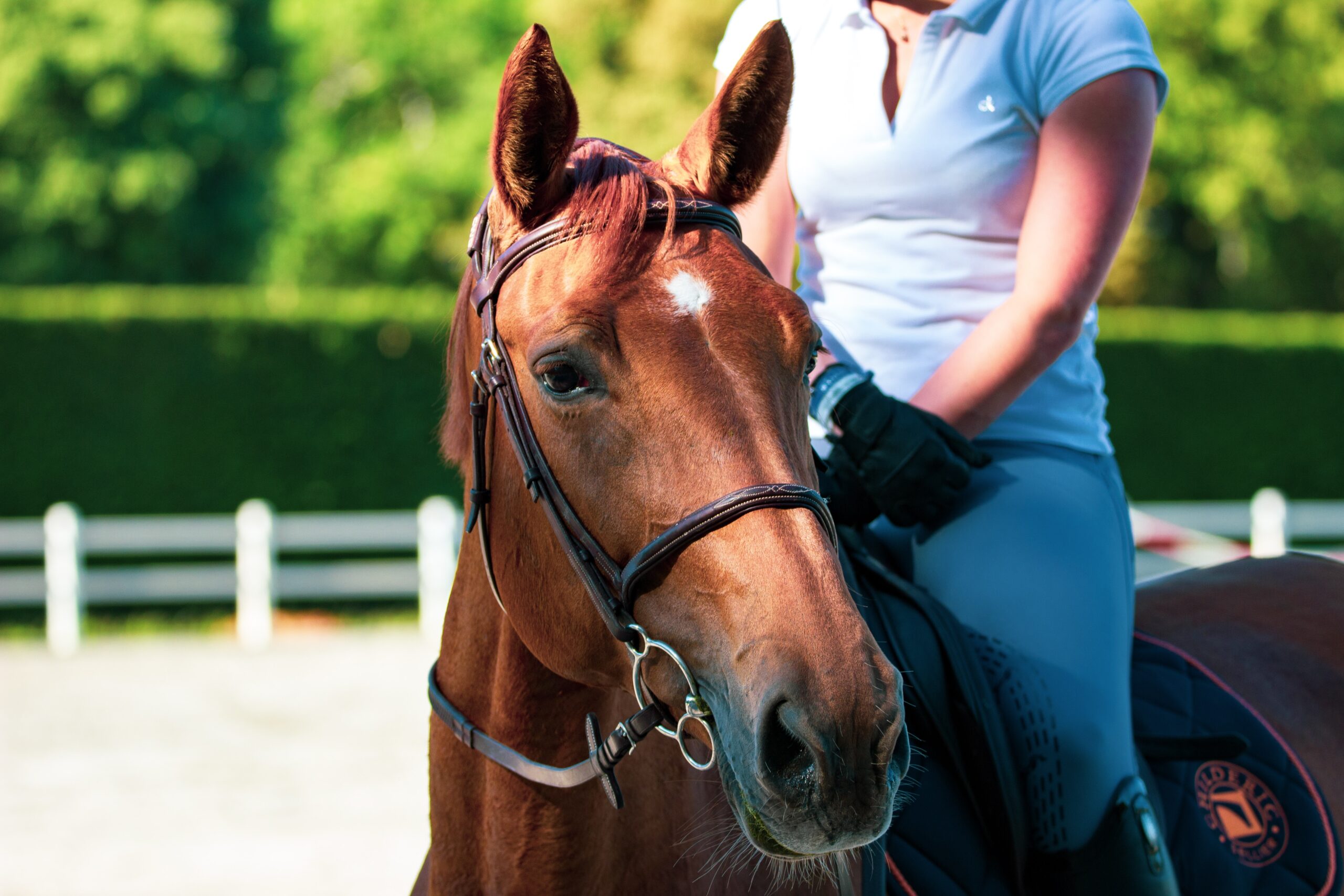Whether you’re looking to burn a few festive calories or just blow away the cobwebs, getting wrapped up for a walk on a chilly winter’s day can be so satisfying! Whilst the trees may be bare, and everything feels a little like it’s on hold, the RSPB is keen to help people notice what nature has to offer, even in the midst of winter.
Some days can be a little grey, but look closer, and you’ll find colour and interest everywhere!
Woodland walks
Just the smell of woodlands has been shown scientifically to enhance our moods, so they’re great for winter walks, helping lift our spirits during the darker months.
Look out for:
Fungi. This comes in all shapes and sizes, from scarlet elf cups, which as their name suggest, look like drinking vessels for tiny woodland folk, to yellow brain fungus, a brightly-coloured jelly-like mass that forms on dead wood. Different trees and settings will produce all kinds of different but equally weird fungi and lots of colours.

Birds. Leafless branches make it easier to spot birds flitting about the canopy. Look out for a flash of red – it could be a friendly robin or maybe a great spotted woodpecker – this impressive looking bird is a woodland favourite. As are nuthatches – these handsome grey and rust-coloured birds are easily identified as they’re our only UK bird able to walk up and down tree trunks – quite a sight if you spot one!
RSPB reserves with great woodland walks include: Sherwood Forest, Lake Vyrnwy, Loch Garten.
Coastal walks
There’s nothing more bracing than a walk on a beach or a coastal pathway above one. The smell of the sea and the sound of the crashing waves and gulls overhead make for a perfect mood-enhancer.
Look out for:
Migratory wading birds. Estuaries, such as The Wash in Norfolk, provide the perfect stop-off points for birds on their migratory route, or over-wintering in the UK, as their muddy flats are packed with food. You can see knots and pink-footed geese in their thousands, giving spectacular displays at RSPB Snettisham. Other RSPB estuary reserves include Conwy and Mersehead.
Dune flowers – dunes are really special, unique places, and need to be tough to handle the conditions they face. Marram grass is the spiky, thick tufted grass which forms many dunes. Its dense mass of roots helps keep the dune stable, which allows other plants to grow there. Lovely yellow gorse flower throughout the year – its needley leaves help it survive in salty, windy conditions. Have a smell – surprisingly, they have a coconut-like scent!
RSPB reserves with great beach walks include Minsmere and Culbin Sands.
Just being out for a walk closer to home, there’s lots to enjoy. Cold weather means many birds flock together more. On a mammoth scale, when tens of thousands of birds get together, they can form a murmuration which is truly stunning. But there’s many smaller examples to look out for, which are all fun to watch.
Look out for large groups of thrushes, finches and tits, flitting around trees and hedgerows looking for food. And listen out, also. Whilst most birds don’t sing at this time of year – they don’t want to waste precious energy outside the breeding season – song thrushes are one of the earliest birds to start, marking out territorial claims from as early as January, whilst robins never stop singing!

For more ideas for fun things to spot on walks and where to find them, visit the RSPB website.




